Common Ginkgo Cultivars: How Many Kinds Of Ginkgo Are There
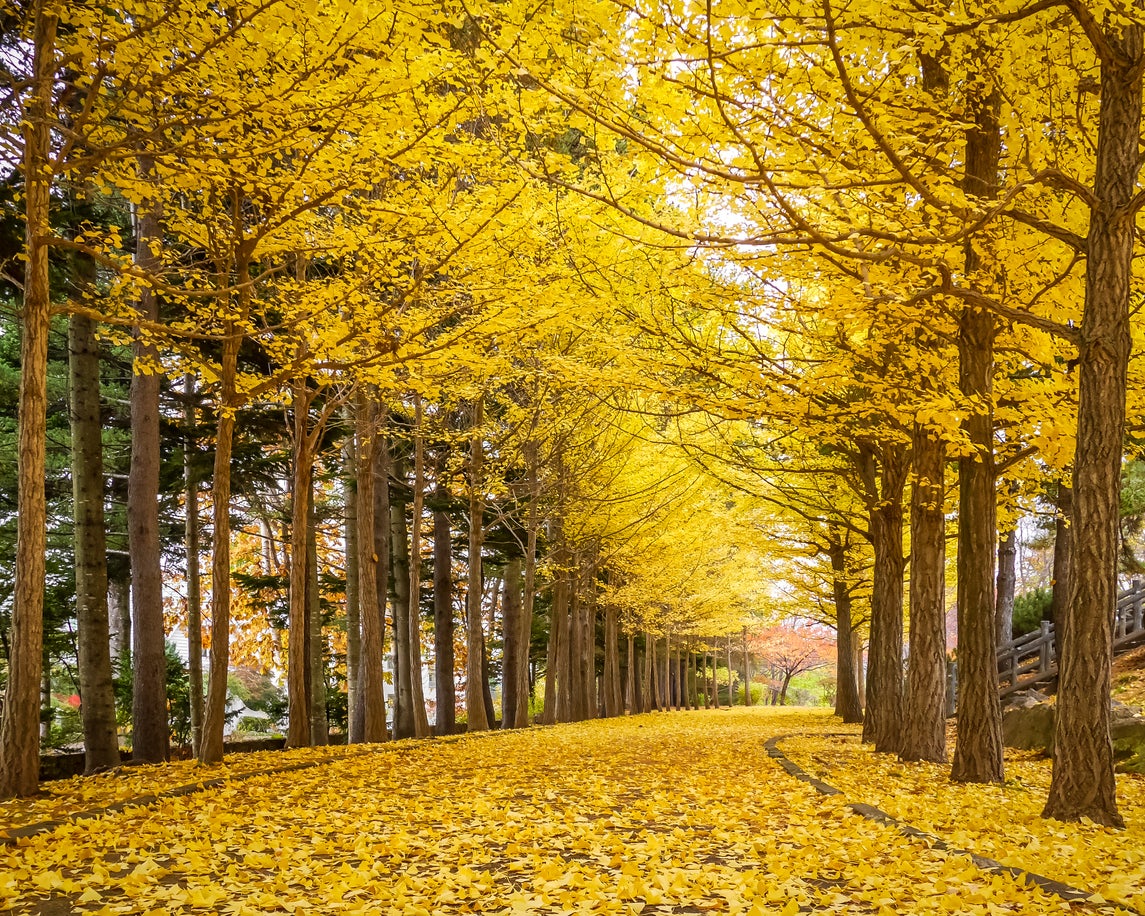

Ginkgo trees are unique in that they are living fossils, largely unchanged for nearly 200 million years. They have pretty, fan-shaped leaves and trees are either male or female. In the landscape, different kinds of ginkgo can be big shade trees and attractive ornamental additions to gardens. There are several varieties from which you can choose.
About Ginkgo Cultivars
A ginkgo tree can grow up to 80 feet (24 m.) high and 40 feet (12 m.) wide, but there are also smaller varieties. All have the special, fan-shaped leaves. Ginkgo leaves turn vibrant yellow early in the fall, and they do well in urban environments. They require minimal care once mature.
One important consideration when choosing a ginkgo tree of any variety is the fact that mature female trees produce fruit. The fruit begins to develop after about twenty years and it can be pretty messy. Many would also describe the smell as unpleasant.
Ginkgo Tree Varieties
A male ginkgo tree is a great addition to most gardens. You can even choose the growth habit, size, and other characteristics by selecting from among several types of ginkgo tree:
- Fairmount. This is a columnar ginkgo, meaning its growth habit is narrow and upright. This is a good choice for narrow spaces with plenty of vertical room.
- Princeton Sentry. Also a columnar variety, this one is a little taller and wider than Fairmont and grows relatively quickly.
- Autumn Gold. Autumn Gold is a canopy tree, great for where you have a lot of space and want shade. It will grow up to 50 feet (15 m.) high and 35 feet (11 m.) wide.
- Chase Manhattan. This is a dwarf, shrub-like ginkgo that will only reach a height of about 6 feet (2 m.).
- Majestic Butterfly. This type has variegated leaves, green streaked with yellow. It is also a smaller tree at just 10 feet (3 m.) high at maturity.
- Lacy Ginkgo. The lacy cultivar is so called for its leaves, which have a textured edge that gives the appearance of lace.
Male and female ginkgo cultivars often have different names, so be sure you select a male tree if you want one that is low maintenance and won’t produce fruit.
Gardening tips, videos, info and more delivered right to your inbox!
Sign up for the Gardening Know How newsletter today and receive a free copy of our e-book "How to Grow Delicious Tomatoes".

Mary Ellen Ellis has been gardening for over 20 years. With degrees in Chemistry and Biology, Mary Ellen's specialties are flowers, native plants, and herbs.
-
 4 Superfast Composting Methods: Turn Waste Into Garden Gold In 30 Days Or Less
4 Superfast Composting Methods: Turn Waste Into Garden Gold In 30 Days Or LessTry the fastest composting methods to turbocharge your pile and transform kitchen scraps and garden waste into finished compost in just a few weeks.
By Mary Ellen Ellis
-
 Best Spider Plant Soil – Complete Soil Guide And Expert Tips For Keeping Plants Happy
Best Spider Plant Soil – Complete Soil Guide And Expert Tips For Keeping Plants HappySpider plants are fun and easy plants to grow, but what is the best soil for a spider plant? Selecting the right soil is important so they can thrive.
By Bonnie L. Grant
-
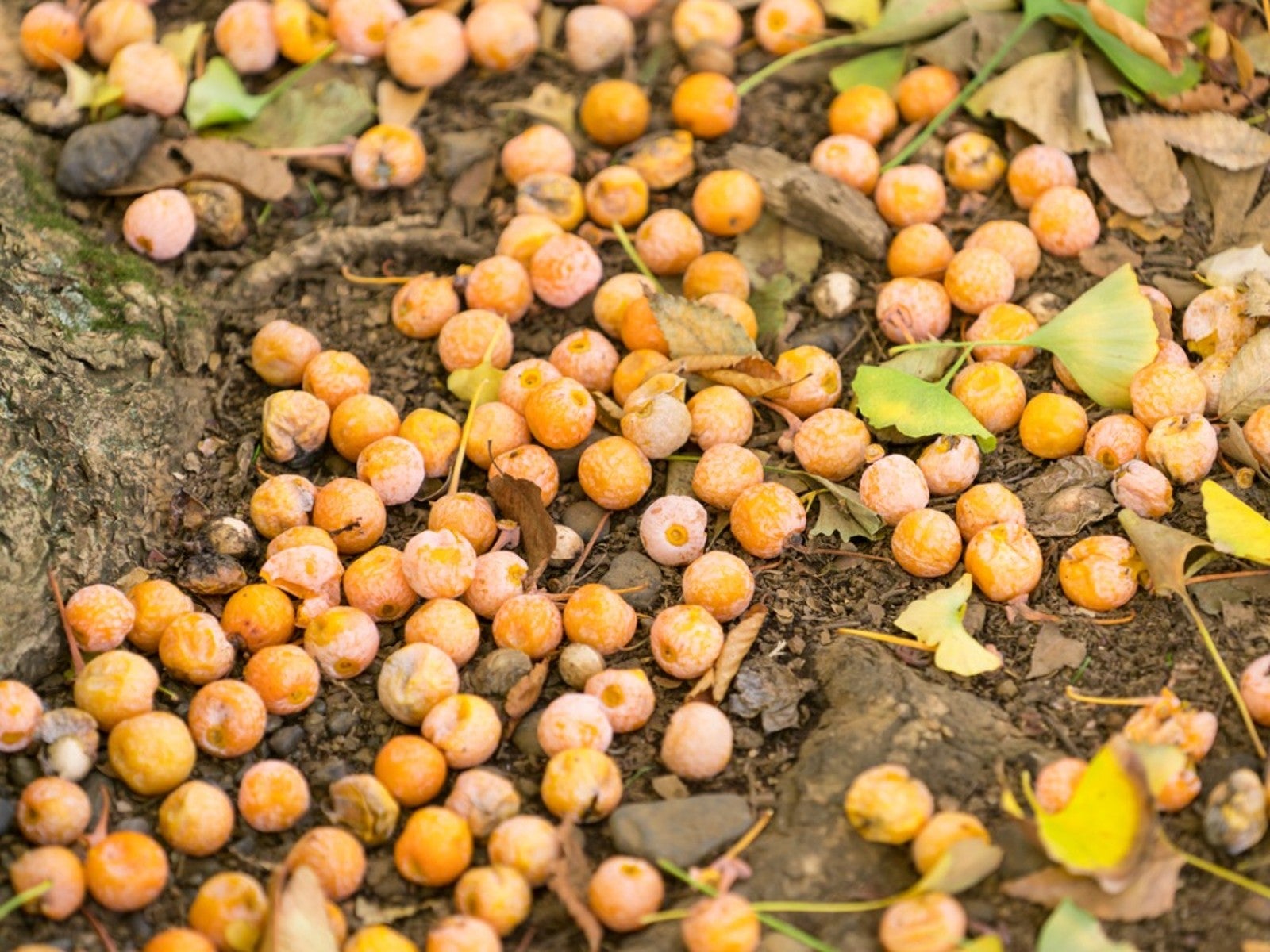 How To Get Rid Of Smelly Ginkgo Biloba Fruit
How To Get Rid Of Smelly Ginkgo Biloba FruitIt is possible to avoid the ginkgo smell with a little planning. Eliminating the odor, however, is a different story! Click here for more.
By Teo Spengler
-
 Feeding Ginkgo Trees: Learn About Ginkgo Fertilizer Needs
Feeding Ginkgo Trees: Learn About Ginkgo Fertilizer NeedsAs you might imagine, fertilizing ginkgo trees is rarely necessary and the tree is adept at managing on its own. However, you may want to feed the tree lightly if growth is slow or if leaves are pale or smaller than usual. This article will help get you started.
By Mary H. Dyer
-
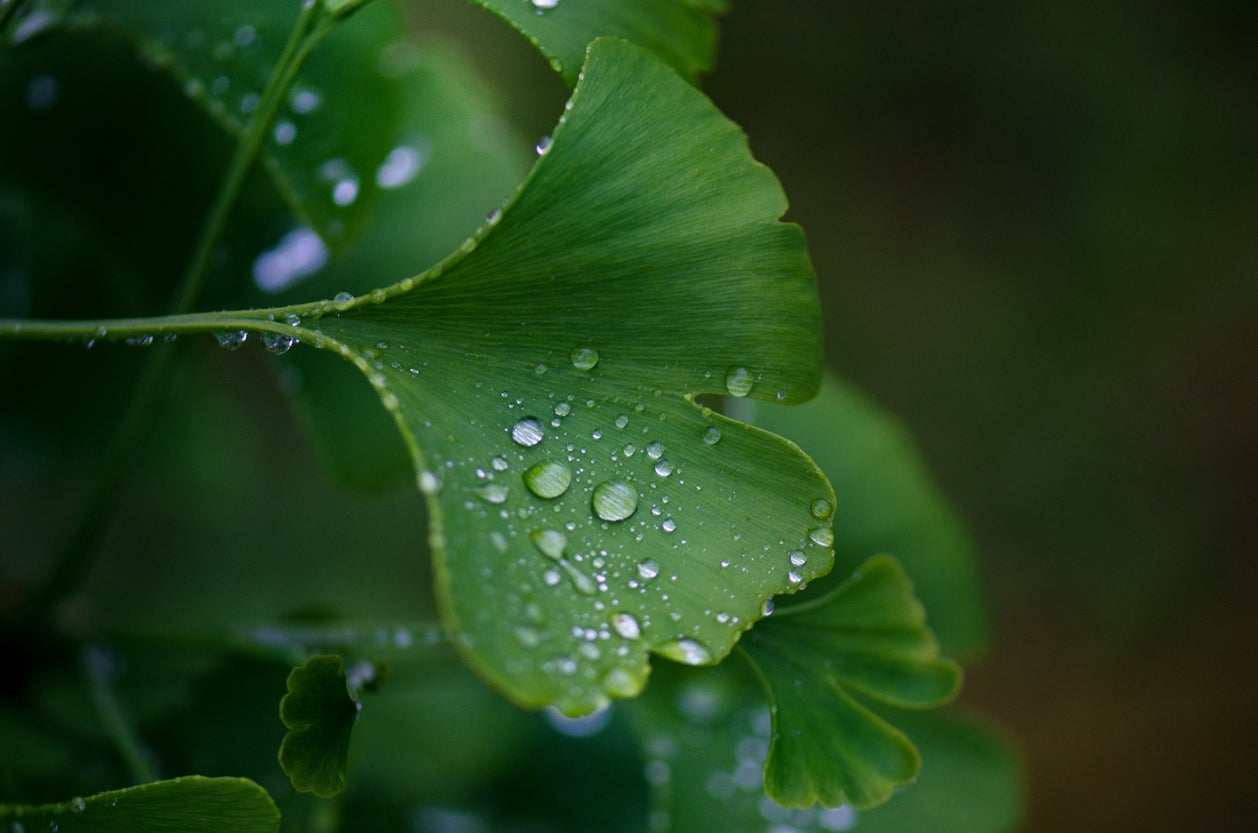 Ginkgo Water Requirements: How To Water Ginkgo Trees
Ginkgo Water Requirements: How To Water Ginkgo TreesA ginkgo tree is a lovely ornamental or shade tree in yards. Once ginkgo trees are established, they require little maintenance and care. But considering ginkgo water requirements will help you ensure the trees in your garden are healthy and thriving. Learn more here.
By Mary Ellen Ellis
-
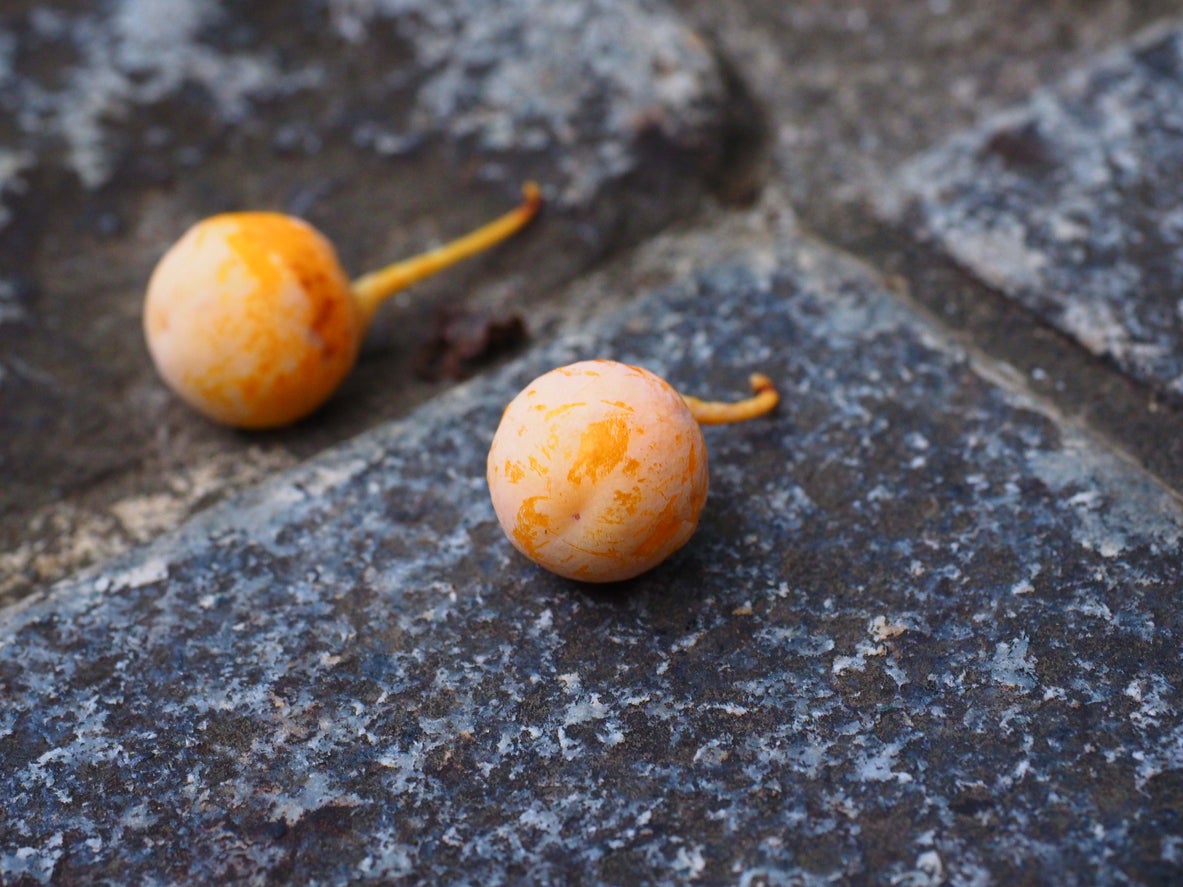 Ginkgo Seed Propagation Guide – How To Plant Ginkgo Seeds
Ginkgo Seed Propagation Guide – How To Plant Ginkgo SeedsOne of our oldest plant species, Ginkgo biloba can be propagated from cuttings, grafting or seed. The first two methods result in plants much quicker, but growing ginkgo trees from seed is an experience not to be missed. Click here for tips on planting ginkgo seeds.
By Bonnie L. Grant
-
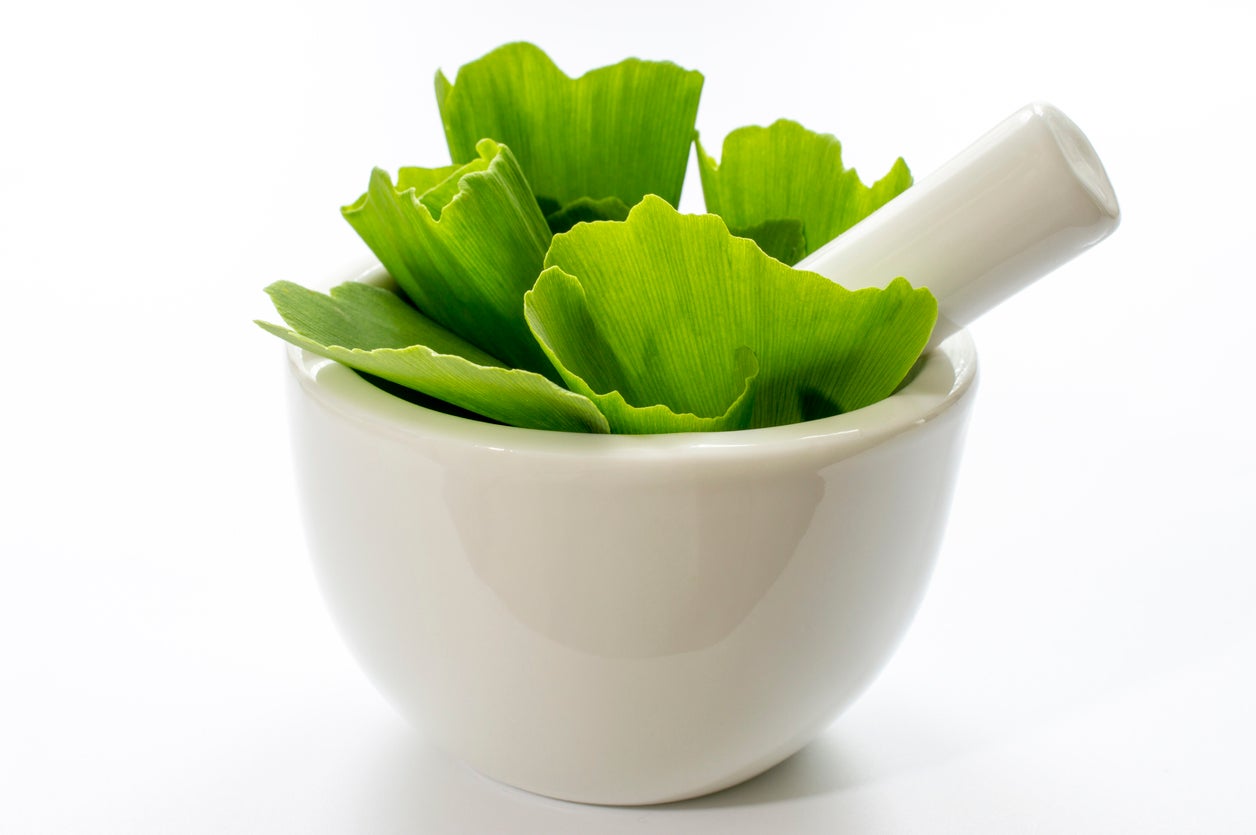 Is Ginkgo Good For You – Learn About Ginkgo Health Benefits
Is Ginkgo Good For You – Learn About Ginkgo Health BenefitsMedicinal ginkgo has been in use for at least 5,000 years and probably even longer. Modern ginkgo health benefits target memory and prevent certain signs of brain aging, but there are more historical uses for the plant. Learn what they are in this article.
By Bonnie L. Grant
-
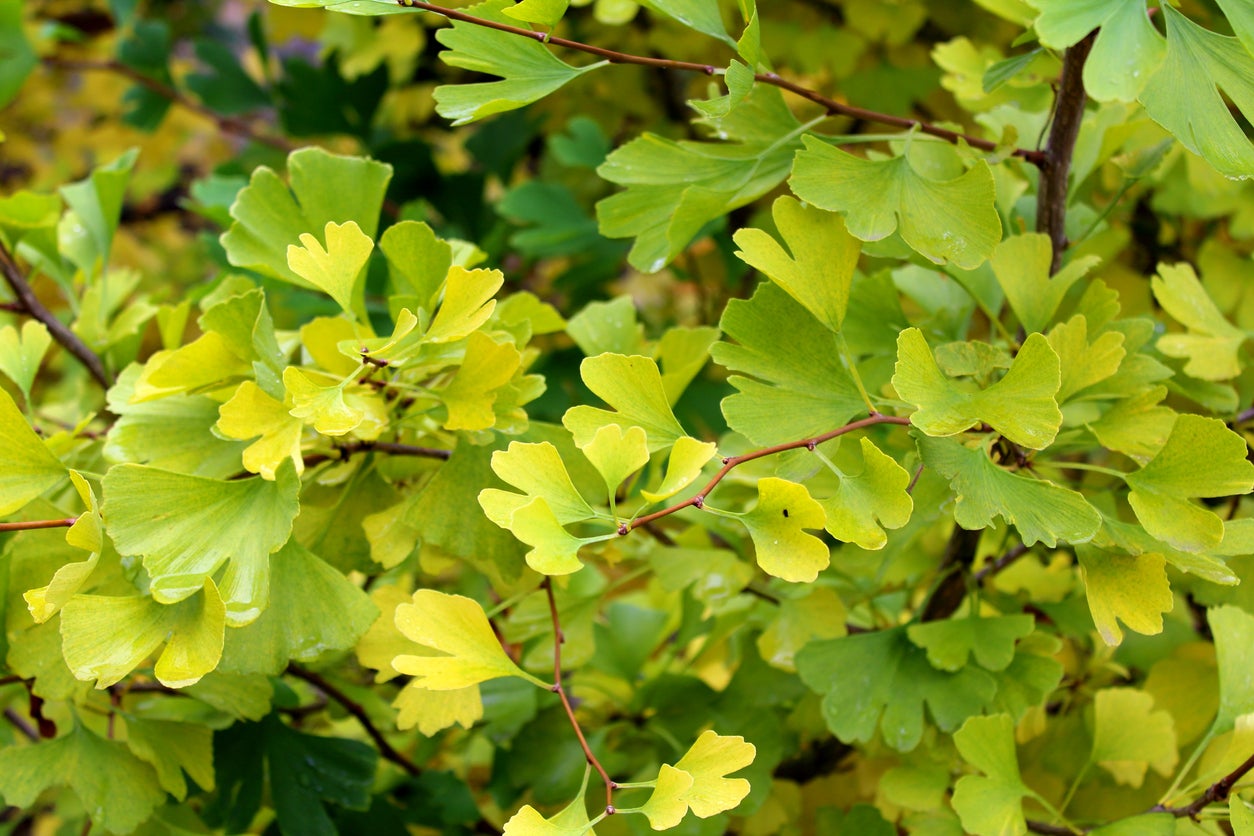 Managing Sick Ginkgo Trees: How To Control Diseases Of Ginkgo Trees
Managing Sick Ginkgo Trees: How To Control Diseases Of Ginkgo TreesGiven how long the ginkgo trees have survived on the planet, it won’t surprise you to learn that they are generally strong and healthy. Still, ginkgo tree diseases do exist. Click here for information about the diseases of ginkgo with tips for managing sick ginkgo trees.
By Teo Spengler
-
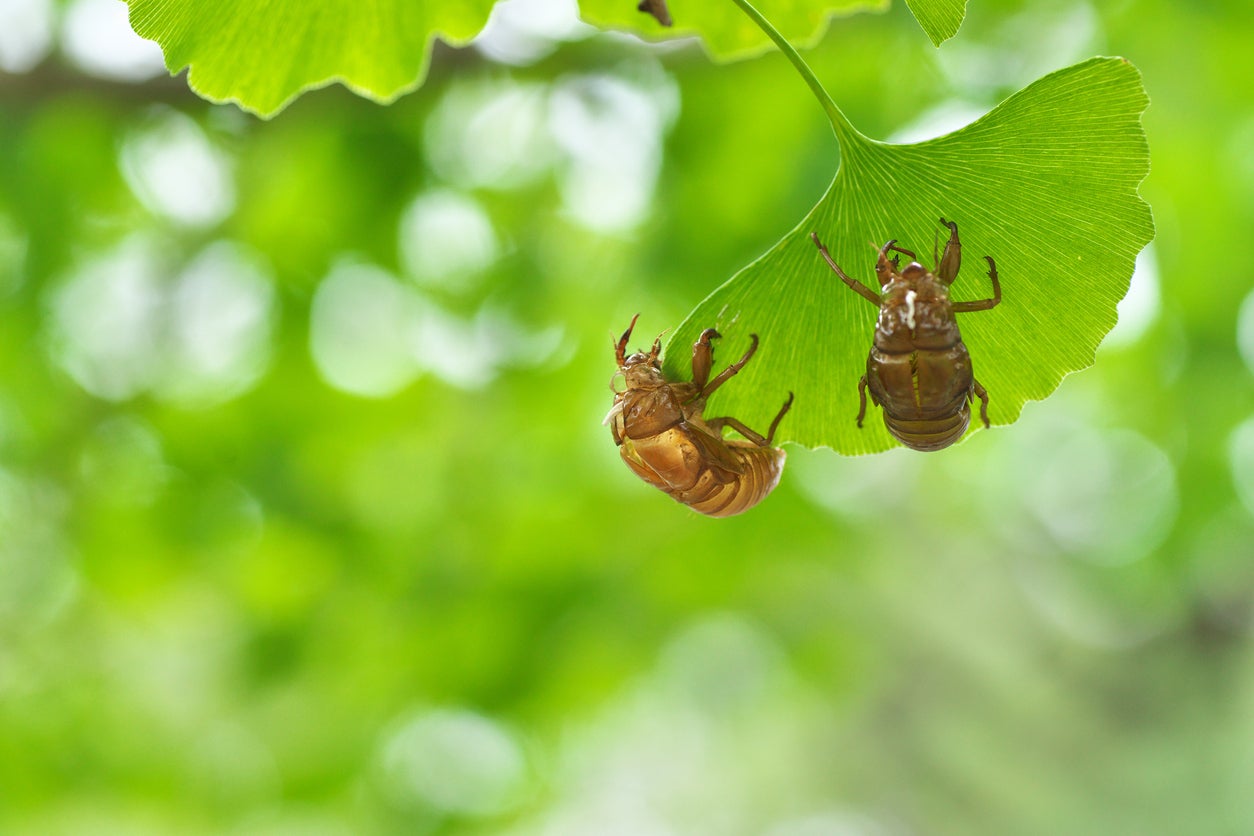 Ginkgo Insect Problems: Are Pests On Ginkgo Trees Serious
Ginkgo Insect Problems: Are Pests On Ginkgo Trees SeriousEven though there are very few bugs that prey on ginkgo trees, that doesn’t mean the species doesn’t have its share of ginkgo insect problems. So what kinds of ginkgo pests might be found on the tree? Click on the following article to learn more.
By Amy Grant
-
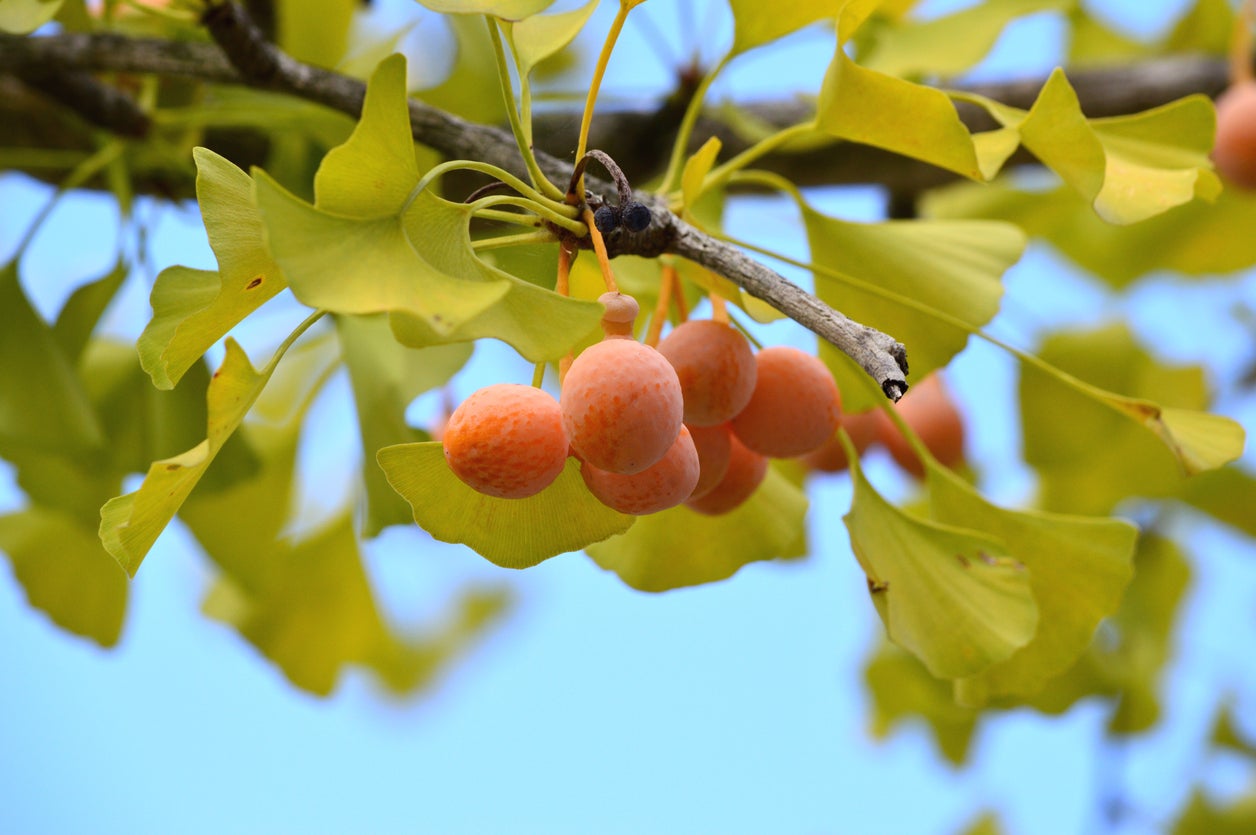 Eating Ginkgo Nuts: Information About The Fruits Of Ginkgo Trees
Eating Ginkgo Nuts: Information About The Fruits Of Ginkgo TreesGinkgo biloba has made something of a name for itself as a restorative for memory loss is extracted from the dried leaves. Ginkgo also produces rather odoriferous fruit. Stinky the fruit may be, but can you eat ginkgo fruit? Click this article to find out.
By Amy Grant